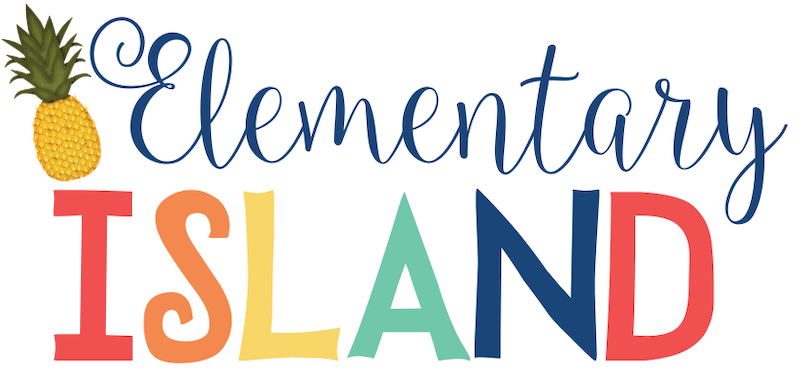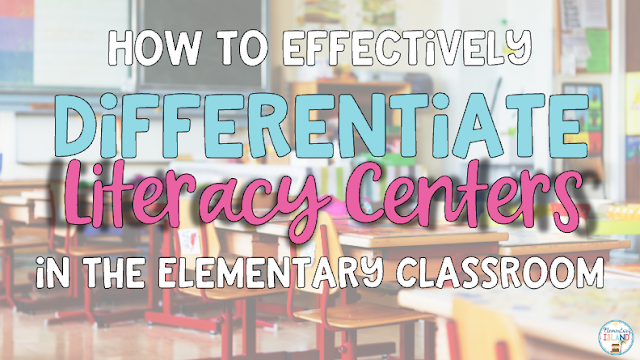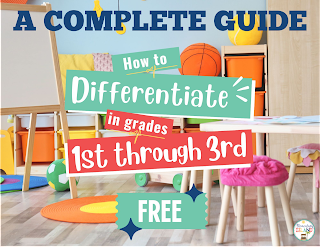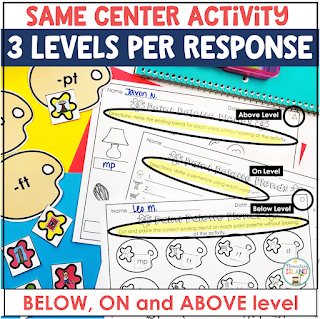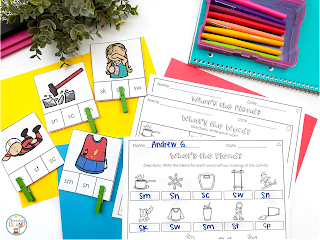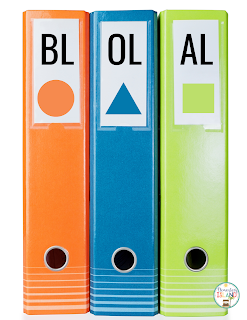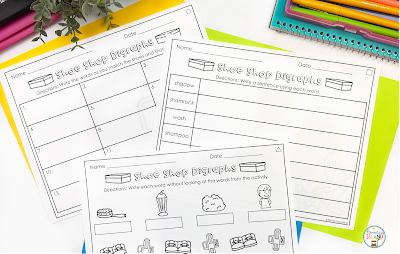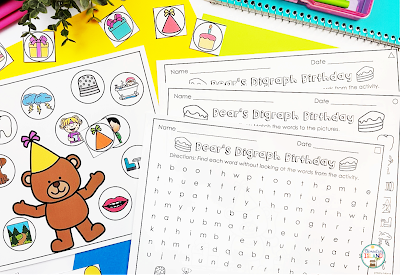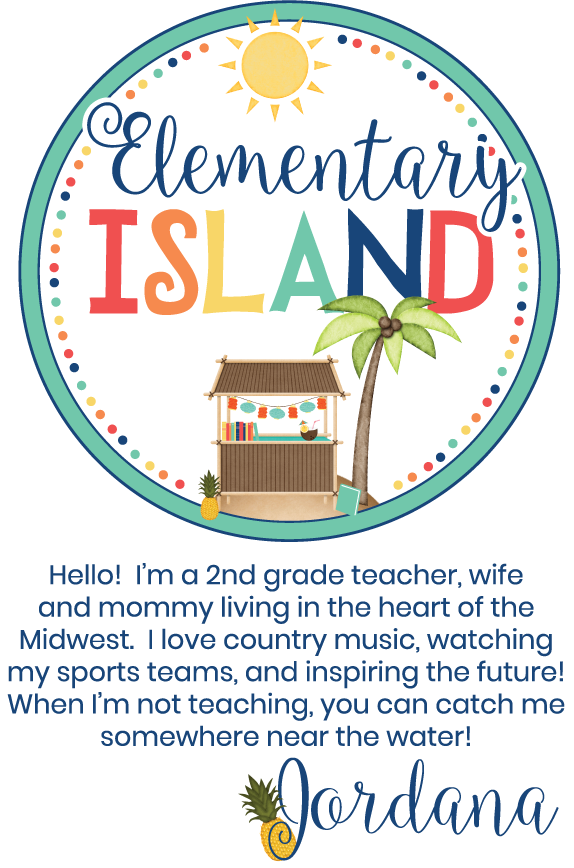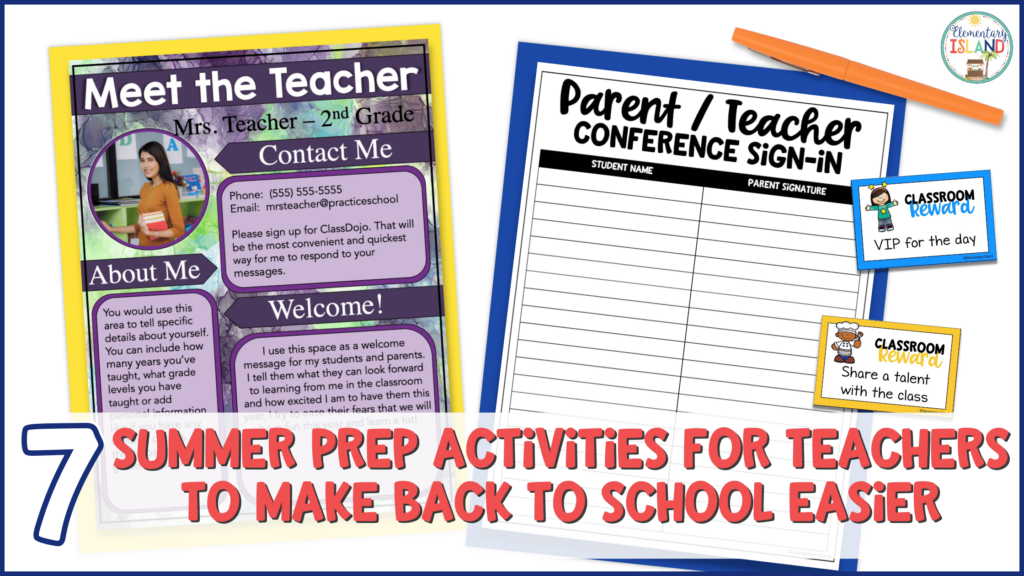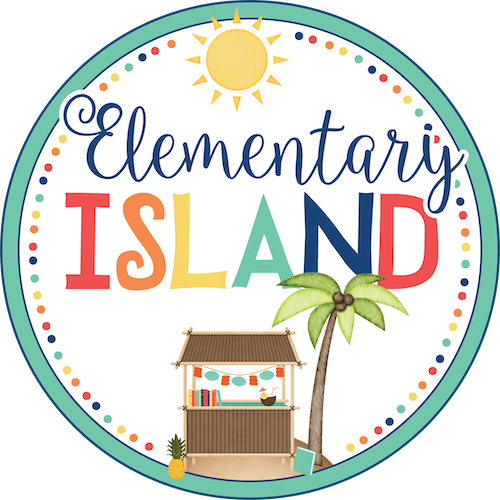Differentiated literacy centers. There I said it. Did your heart start racing? Are you sweating because the thought just overwhelms you? Don’t panic! Let’s talk about differentiated literacy centers and the importance of incorporating them into our classrooms so they don’t feel so daunting and overwhelming.
What are differentiated literacy centers?
To first understand what differentiated learning centers are, we need to define differentiation. Differentiation is meeting the needs of individual students, through the approach or method of learning. Simply put, not all students learn at the same pace or in the same way.
So, differentiated literacy centers are defined as creating activities to meet the needs of your students during the literacy center stations. This will allow students to be challenged at his/her own level and to develop a sense of achievement.
Are you new to differentiation? Or need a refresher of info? Grab my FREE complete guide to differentiation to learn more!
But why do I need to differentiate literacy centers?
Many of you are already working
differentiation into your small groups by the instructional materials that you choose. These lesson materials are selected based on informal or formal assessments students have taken. Even with whole group instruction, we scaffold our instruction to meet the needs of students or use question stems to vary the level of questions asked to the class.
The question comes up, why do we need to differentiate in our centers then? Well, because it’s the right thing to do. It’s part of our instructional day. Often times it’s part of multiple instructional days. Differentiation allows for additional meaningful practice at his/her own level.
What are the 3 most important factors of literacy centers?
1. Leveled Reading/Writing activities
2. Monitoring student participation – holding students accountable
3. Routine, routine, routine
We will go over each one more in-depth below.
How do you differentiate literacy centers?
Let’s start with reading and writing activities. First, let me remind you that some stations are naturally differentiated for your students. For example, writing – some will write letter strings, while others will put together one or two sentences or even a paragraph! Or if you have district testing, there may be a reteaching component offered to each child that allows them to work on activities that they struggled with on the testing. We use IXL and Study Island in our district to differentiate digital classwork. These are examples of items that you may be doing already to differentiate and not directly aware that it is differentiation.
Here are some examples of differentiating literacy centers:
1. Create different levels of materials for instruction.
I usually create 3 levels for my students. For instance, if I am working on blends:
Below level: work on L blends only
On level: work on all blends at the beginning of the word
Above level: work on blends at the beginning or end of the word
OR
Below level: match blend words to pictures
On level: Incorporate the word into a sentence
Above level: create a new blend word
2. Use flexible grouping –
You may have your below-level group work with a teacher or in pairs. Your on-level and above-level group may be working independently to complete the task at hand.
3. Scaffold support –
Scaffolding support means offering various levels of support to your students. In a writing station, your below-level group you could offer a picture word bank, use fewer words, or provide sentence starters.
On-level students may only require a word bank of multiple words to stimulate ideas for writing, and your above-level kids are good to go writing their next best novel and look forward to using an editing checklist.
Just remember: There are multiple ways that you can differentiate for students!
How to manage it all?
Monitoring student participation and creating a routine both fall under management. How do the students know what to do and what to expect during literacy stations? Here are some tips:
Hold students accountable for their work
Students should be responsible for turning in some kind of checklist to you so that you know they completed all the stations. If it’s a product the student would need to turn in, I would expect the child to place their work into a bin and check that off on their sheet. If they are doing a computer activity, I would have them write the score they received at the end of the activity on the checklist sheet. If it’s a partner game, I would have them write the name of the winner on the sheet. Then finally, whether they finished all the activities or not, place the checklist into a bin for review.
Set clear expectations
Explain each center to the students. They need to know EXACTLY what to need to do at each center, how long they have, and what the work outcome should be. Ideally, you would have practiced most station activities as a whole group before ever implementing stations. For example, students should already know how to log in to IXL and find the activity that has been assigned to them. But for center work, where the content may change, an explanation will be beneficial. For my below-level group, I will usually assign one of my above-level students to read the directions again to those struggling students and then proceed to their assigned group.
Establish those routines
Students need to know when to move from one center to another, where to go next after one center is completed, what work to work on when they get to that center, how to clean up the area for the next group, where to place completed work and what to do if they get stuck. This takes many weeks of practice BEFORE I even think about pulling small groups for myself. I like to use colored folders for each of my three groups. That way, the students know exactly what folder to grab for the work and what color bin to put their work in when completed. See the example below. Easy peasy!
Monitor student progress
How will you monitor the students and their success? How will you decide what groups students will be in? How will you check if the work is accurate and complete? How will you decide if students can transition to another group? Have answers to all these questions BEFORE you start. I use these
checklists to monitor student progress.
Here is what my differentiated centers typically look like when we are ready to roll:
1. Small group with the teacher – differentiated lessons usually from reading series
2. Writing center – naturally differentiated
3. Tech center – using BOOM learning to differentiate, IXL, or Study island
4. Independent work – Differentiated centers
5. SSR – Sustained silent reading/AR – differentiated levels in our district for student choice reading
If I’m lucky and my schedule allows, this would be the time I would select for my pull-out students to leave and work on their reading skills with our reading specialist, and/or if I have an assistant, they will also pull a small group of students to work on with a group.
That’s potentially 7 DIFFERENT STATIONS in my classroom all working on DIFFERENTIATED literacy instruction!!! That’s AMAZING and…..if you noticed, there’s not a lot of classwork that needs to be graded. Literacy stations are NOT meant to be busy work!
If you are looking for
literacy centers that are already differentiated for you, I have the perfect product! These centers are different because ALL STUDENTS will complete the exact SAME center (easy prep, explanation & storage) BUT, the response sheets are differentiated!
I hope this helps to put you at ease and step back from the PANIC button! Differentiated literacy centers can fit seamlessly into your existing curriculum with the right materials.
Leave a comment with how you run literacy stations in your classroom.
If you have Pinterest, SAVE for LATER:
